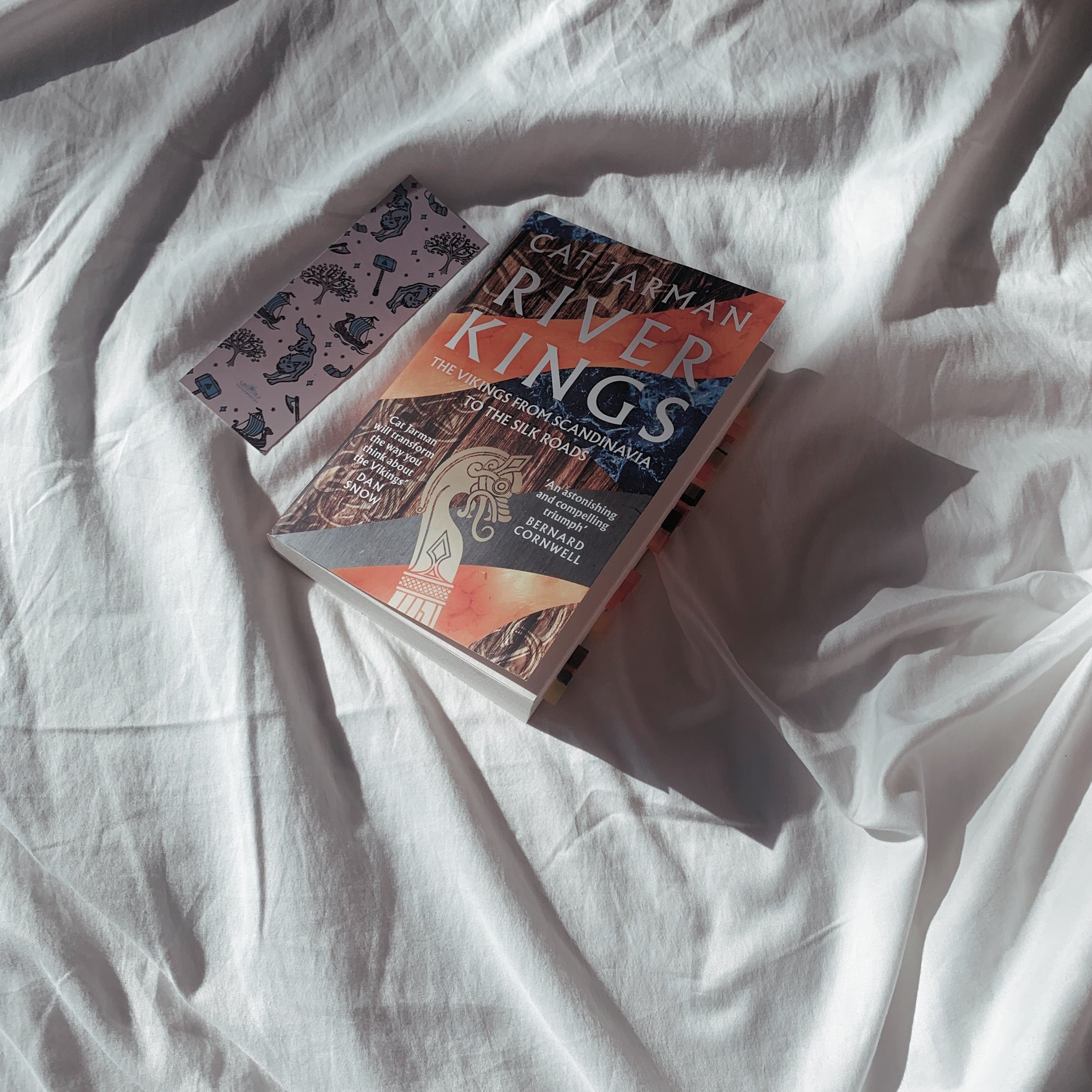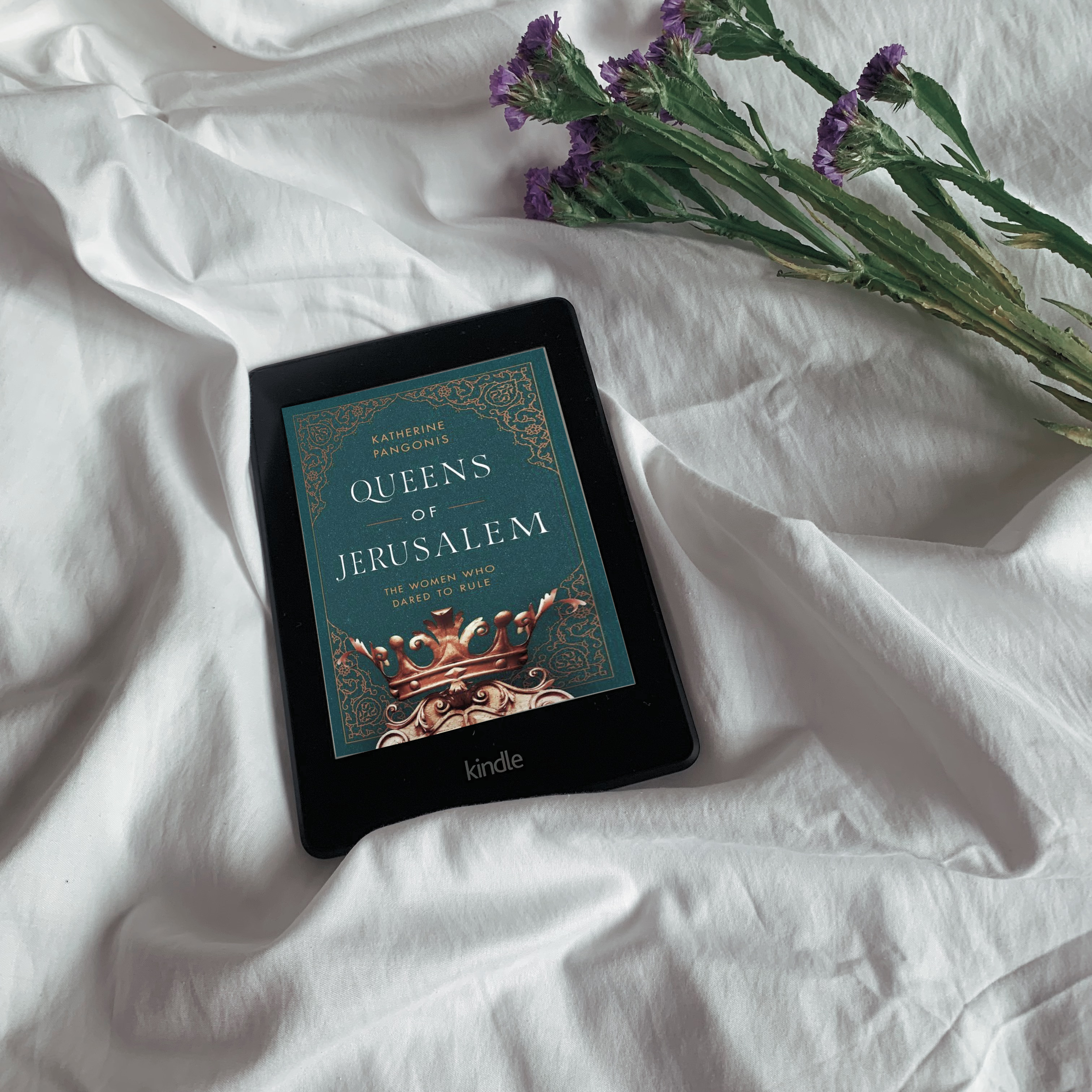Much like book 1, I still have VERY conflicting emotions with this book (and series). In saying that, this book and whole series so far is incredibly binge-worthy and addictive and I am mildly obsessed with this series 😍 I was hoping that after the events of book one, Persephone would begin to grow as a person, to trust Hades, and continue to improve her communication skills with the man she claims to love. I hoped to see her healing from her mothers’ treatment of her, and growing into her newfound power and position next to Hades. What I got instead was an increasingly annoying, stupid, bratty, and insecure Persephone, who seemed to learn absolutely nothing from the events of Book 1. I can understand the insecurity she continues to feel, she was locked up by her mother for so long, and was taught to believe that she had to work hard for love and affection, and if she did something wrong it would be taken away. I understand how this can mess with a person, but this doesn’t have to make a person PLAIN STUPID?
“The first rule of men, Persephone, is that they’re all idiots.”
Scarlett St. Clair
In the last, maybe 2 chapters did I begin to actually warm to Persephone, but I don’t think she actually learned from any of her mistakes?? (And there were A LOT she could have learned from). I think she feels guilty and feels remorse, but I also think she still feels bad for herself more than actually learning from the mistakes she has made. This brings me to the question of why Hades deals with her? I know that they’re fated to be together blah blah, but they’re both immortal? Why not let her grow up a bit rather than dealing with her absolute crap. Persephone uses 98% of this book to lie to Hades, break the multiple promises she has made to him, and then wonder why he leaves her to her own space? She never gives him the chance to explain himself, and although he makes mistakes, at least he is trying? He has MILLENIA of habits he needs to unlearn, and the fact that Persephone expects him to be perfect within months of meeting is so selfish and self-absorbed. I was really hoping their communication would improve in this one, and that’s one more thing that I didn’t get. I got more weird, passive-aggressive sex scenes and arguments that were never resolved. However, every time Hades asks Persephone if she is well makes my heart melt.
I definitely don’t agree with Jaison’s treatment of Persephone though. Yes, he is Lexa’s boyfriend, but Persephone has been best friends with her for YEARS, and the fact that Jaison is Lexa’s significant other does NOT undermine the relationship between the friends. Like, I’m sorry but his attitude was atrocious and I’m pretty sure he never apologised. I also found this subplot (or actual plot?) quite out of place. This leads me to the issue of the plot? Where was it? Someone tell me where it was, because I have no idea. There was a lot of sex, and there was a lot of brooding and whining but not a lot of actual events or communication. There were a bunch of subplots that I felt were left open, but probably not important enough to be resolved in the next book, and the fact that at one point, Helen was left in the lobby waiting for Persophne and then never mentioned again? I don’t vibe.
“Create the life you want, Persephone, and stop listening to everyone else.”
Scarlett St. Clair
What I DO vibe with, is pretty much all of the secondary characters; Hermes, Hecate, Sybil, Thanatos, and even Apollo. In the beginning, as I’m sure that St. Clair wanted, I felt for Sybil and hated Apollo. Throughout the course of Persephone writing slanderous articles about a god after being specifically asked not to (???), Apollo started to grow on me. I’m not completely sold on the fact that after millennia of being a god and acting how he has, Persephone does like, three things, and Apollo decides he wants to change? But, apart from this, he started to grow on me. Hermes is still 100% my favourite character in this book, he is the sassy comedic relief we really need in this book after pages and pages of constant whining and literally NOTHING HAPPENING. We definitely didn’t get enough of Hecate in this one (thanks to Persephone being so stubborn and ignoring the underworld altogether).
So, with another chaotic review completed, it is safe to say that I will keep reading this series and I TRULY hope that Persephone is redeemed in the next one. Keeping this review non-spoiler was so difficult, especially due to the number of random small subplots sprinkled through the chaotic book (that’s right, I reckon my review and this whole book are both chaotic). I got 2 chapters of bonus content at the end of the audiobook from Hades’ point of view, and I want to read the series from his POV SO BAD! I’ve enjoyed the three chapters I’ve been blessed in his point of view more than I’ve enjoyed most of this book in Persephone’s. If you’ve read this book, what are your thoughts? Did you like it more than book one? Let me know here, or find me over at @kell_read on Instagram!










